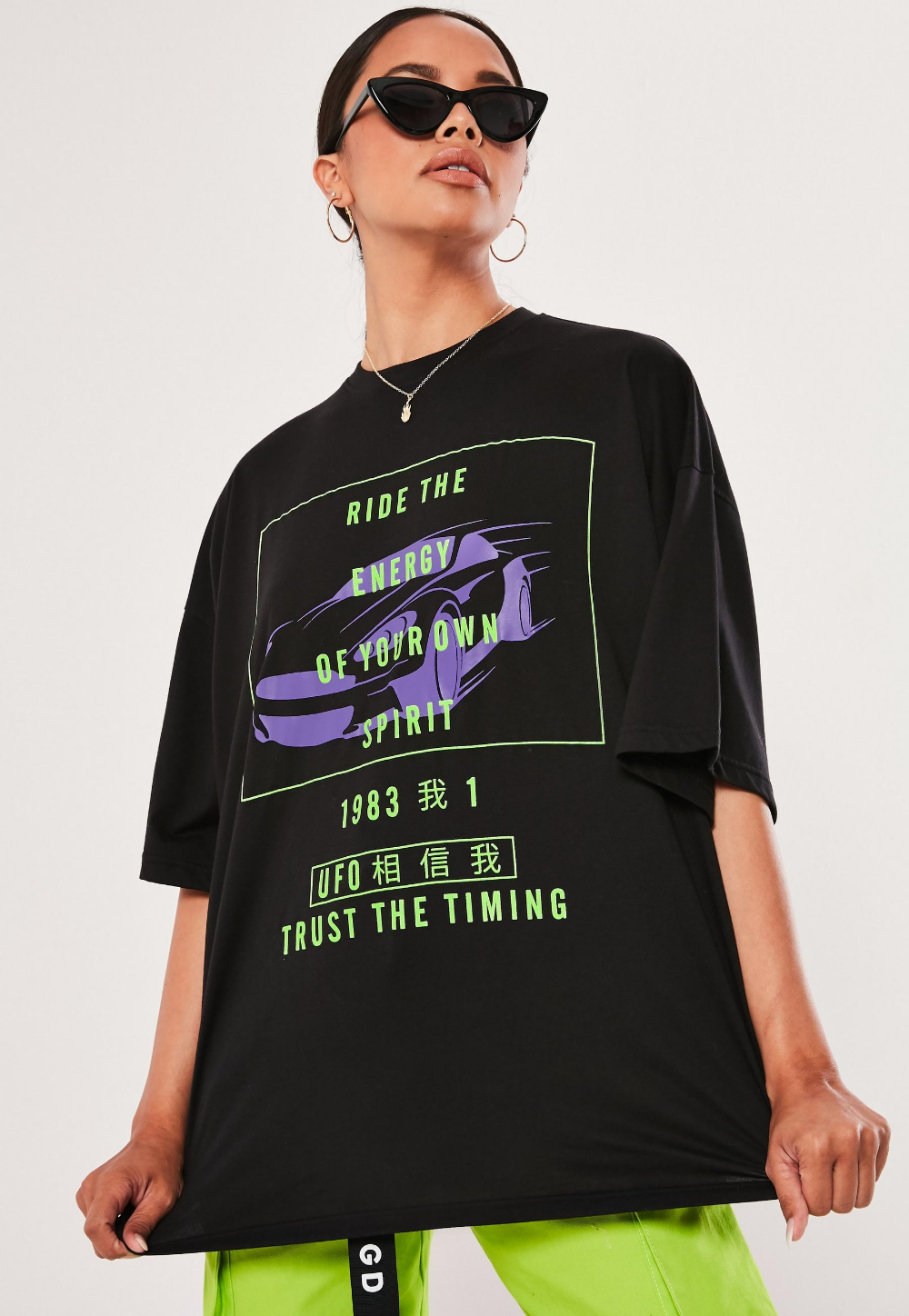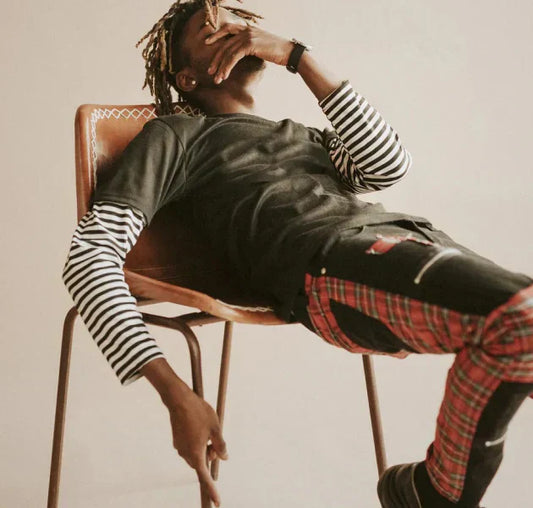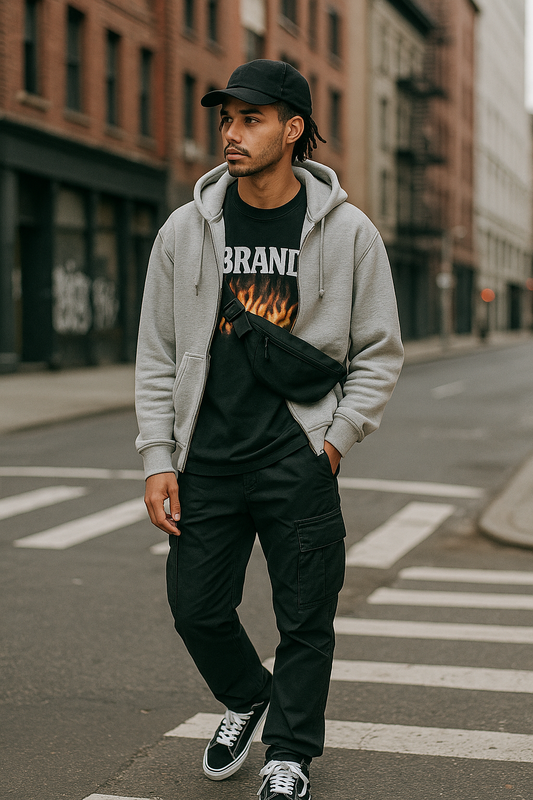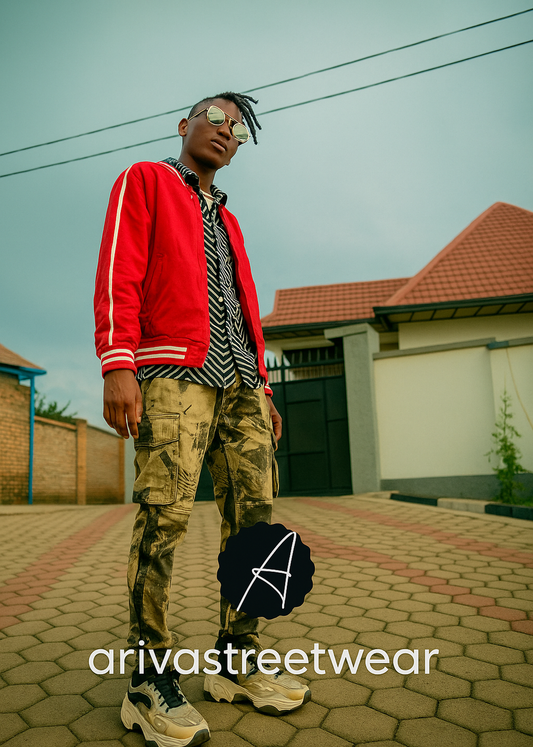Streetwear: The Ultimate Guide to Urban Fashion

Key Highlights
Streetwear clothing fuses hip hop, skate culture, and high fashion, creating a unique, ever-evolving identity on how to wear streetwear
Social media and icons like Virgil Abloh drive trends and boost global appeal.
Iconic brands such as adidas set industry standards with innovative designs and collaborations.
Exclusivity, limited drops, and the booming resale market fuel demand for coveted sneakers and hoodies.
The crossover into high fashion continues, making streetwear a staple on luxury runways.
Music and celebrity culture continuously influence streetwear’s direction and credibility.
Introduction
Streetwear clothing has changed the fashion world by mixing ideas from hip hop, skateboarding, and youth culture. It started in underground scenes and has grown into a worldwide trend. This change is mostly due to social media and creative designers like Virgil Abloh. Streetwear is no longer just for the streets; it is now seen on runways and in closets everywhere. As the differences between casual and fancy fashion become less clear, streetwear keeps changing. It shapes how people show who they are across the globe.
Exploring the World of Streetwear: A Comprehensive Guide
Step into any city around the world, and you will see streetwear everywhere. It started as a movement based on being real and rebellious. Now, it affects everything from what we wear every day to big fashion trends globally. Streetwear is all about being comfortable, standing out, and mixing different garments, accessories, and footwear that tell their own stories.
Streetwear has been connected to music, art, celebrity culture, and high fashion over the years. This guide will show you how important brands, exclusive releases, and passionate communities help shape what many think is the most influential area in today's style.
1. The Explosive Rise of Streetwear in Modern Fashion
The huge rise of streetwear clothing started in the 1970s with New York hip hop and Los Angeles surf scenes. It was all about DIY designs and a rebellious spirit. Streetwear quickly connected with young people who wanted a way to express themselves. Early streetwear closets had key items like graphic tees, oversized hoodies, and unique sneakers.
In the 1990s and 2000s, social media helped streetwear spread even further. Platforms like Instagram and Twitter made local trends go viral in no time. Brands could connect with their audience directly. Real-time coverage of limited releases made fans want the items more. This created a mix of scarcity and high demand.
Now, streetwear clothing is a big deal in both regular and luxury fashion markets. Social media provides a nonstop flow of style inspiration and new products. The streetwear community, brought together by digital networks and shared interests, keeps bringing unique ideas into discussions worldwide.
2. Iconic Streetwear Brands That Shaped the Industry
Streetwear experiences a rise thanks to key brands that changed the game. Stüssy and Supreme made plans to create buzz by offering limited releases and collaborations. This practice made even simple items very popular. These brands introduced the important idea of exclusivity, attracting fans to each “drop.”
Adidas has long been known for sportswear. It shaped streetwear by mixing athletic style with urban fashion. Their partnerships with artists and designers, along with the adidas Originals line, have always set new standards. By creating footwear and garments that are comfortable and stylish, adidas plays a major role in the growth of streetwear.
Visionaries like Virgil Abloh took streetwear to new heights, especially with Off-White™ and partnerships with high-end brands. Abloh had a great sense for design and understood how to connect street culture with exclusivity. This left a lasting impact on the industry and inspired many new creatives.
3. The Influence of Music and Celebrity Culture on Streetwear
Music and celebrity culture have played a big role in bringing streetwear from the underground to the mainstream. Hip hop artists, skateboarders, and athletes have always been streetwear’s unofficial spokespeople. They show off eye-catching garments and unique sneakers on big stages around the world.
Social media helps celebrities share their latest styles with millions of fans quickly. A single post can become a global fashion statement. When stars like Kanye West, Pharrell Williams, or Rihanna wear streetwear brands, both new items and classic pieces become very popular. This connection keeps styles fresh and strengthens streetwear’s place in culture.
Also, partnerships between musicians and leading streetwear brands encourage new ideas. They mix personal style with fashion design. The lines between artist, influencer, and designer are blurred. This creates a cycle where celebrity culture and streetwear inspire each other to reach new heights.
4. The Crossover of Streetwear into High Fashion
In recent years, streetwear has really changed high fashion. Big luxury brands now include hoodies, graphic tees, and sneakers in their collections. This mix of casual and elegant styles has changed how people see and access high-end fashion.
Exclusivity is still important in this mix. Limited collections, special drops, and surprise partnerships create excitement. They attract both streetwear fans and traditional fashion lovers. When well-known brands like Louis Vuitton or Dior collaborate with streetwear designers, each release creates buzz and strong demand.
Notable creators like Virgil Abloh have played a big role in this shift. They move smoothly between streetwear brands and famous fashion houses. Their talent for showing street culture in high fashion proves that this mix is not just a passing trend. It’s changing what people want in exclusive fashion today.
5. The Future of Streetwear: Trends to Watch
Streetwear’s future looks bright with exciting changes led by new ideas and community support. Trends show that sustainability is becoming important. Many brands are trying out recycled materials and making clothes in a way that is good for the environment. While bold graphics and nostalgic styles will still be around, they will change to keep up with what people are talking about.
Footwear plays an important role, especially sneakers, which grab a lot of attention in streetwear. Unique designs, limited releases, and artist collaborations keep collectors interested. The sneaker resale market is booming. Some shoes can easily sell at much higher prices than they first sold for. Online resale sites help fans find rare items, which makes people want to invest and follow new releases.
Resale culture isn’t just about shoes. Exclusive hoodies, outerwear, and accessories also create a lot of excitement. With the help of digital platforms and global communities, future streetwear styles will likely combine new ideas with the lasting appeal of comfort, personal style, and trendy design.
Conclusion
In conclusion, streetwear is more than just a fashion trend. It is a cultural movement that keeps changing and influencing city life around the world. It grew quickly, thanks to music and celebrities, and now mixes with high fashion. This has changed the way we view style and expression. As we think about the future, it’s important to stay aware of new trends to handle this ever-changing world of fashion. You can embrace streetwear by adding its main elements to your closet. This way, you can show who you are and connect with a bigger cultural story. Whether you are an expert or just starting out, remember that the charm of streetwear is its variety and ability to change. So, don’t be afraid to explore, try new styles, and make it unique to you.







